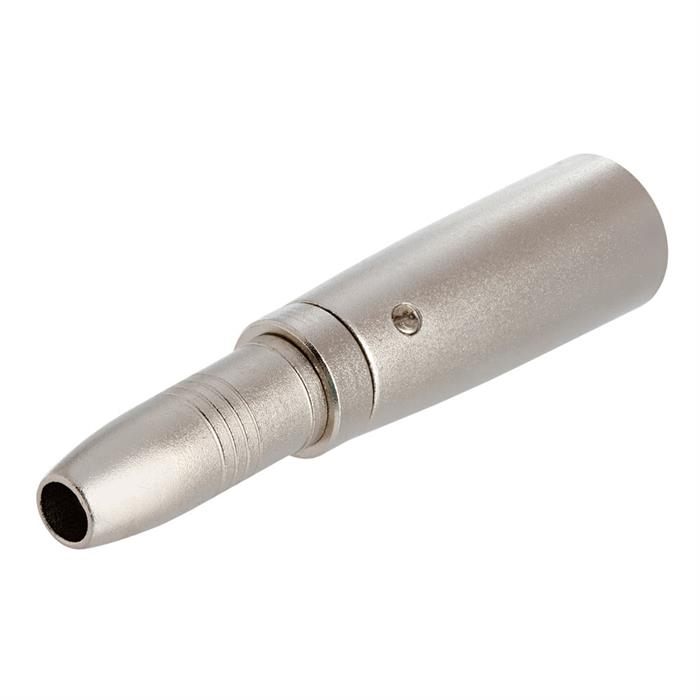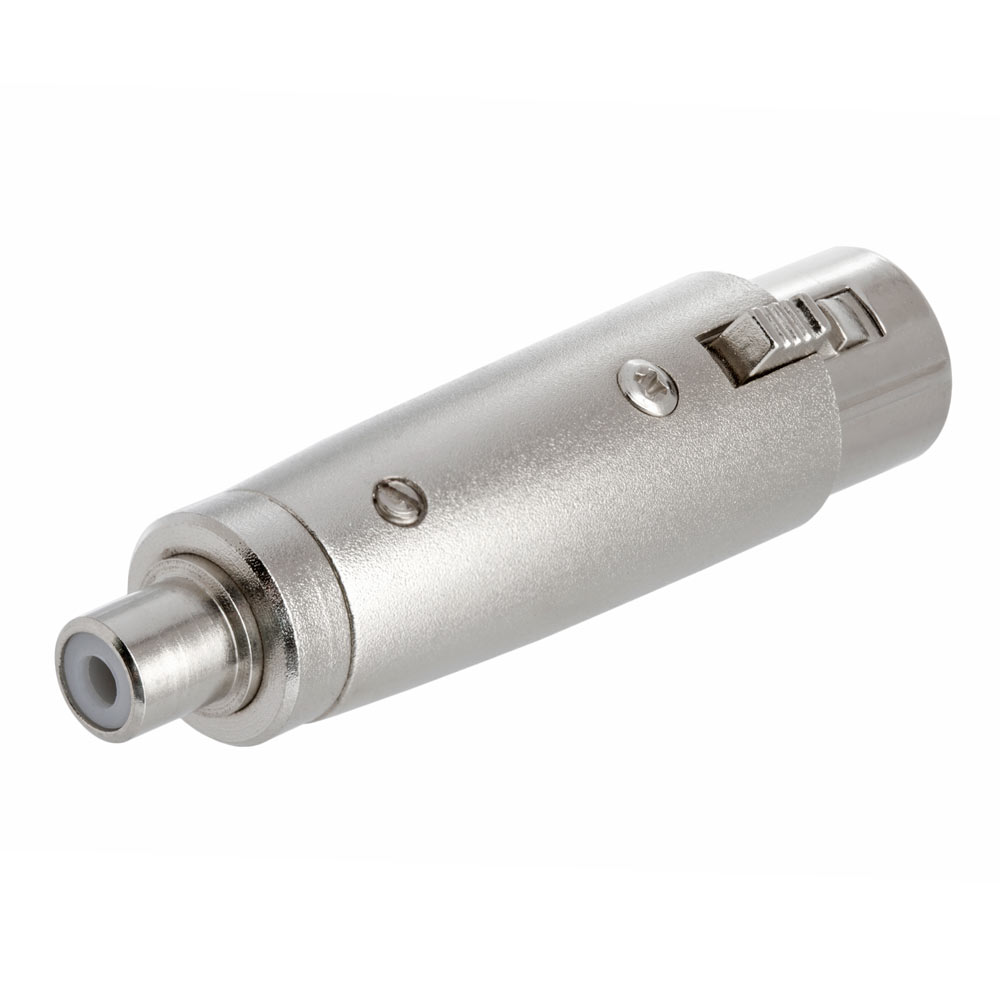What do You need to Know about XLR Adapters and Connectors?
If you are a professional sound artist, a musician who is often called on to perform in stage shows, or a journalism student or professional who just cannot afford to be negligent about the quality of the sound bites he records when on the field, then you will need to know much about XLR adapters and connectors. And if you already do not own these two electronic devices, you will have to buy them presently. A dedicated audiophile too, will want to know about XLR adapters and connectors and then clamor to own these. After all, he too is passionate about his music and uses nothing but the best and the highest-grade sound equipment that guarantees a realistic and immersive listening experience.
What are XLR Adapters and Connectors?
XLR adapters connect XLR leads, like those found on microphones and other professional audio gear, to devices that do not have an XLR jack, like those that can receive only 1/4" stereo input signals. An XLR adapter can also be fitted to an iPhone microphone to enable individuals to record sounds on the go and without disturbances caused by ambient noises.
XLR connectors are fitted to professional-grade audio and video gear, sophisticated home theater equipment, and also high-end camcorders to filter out ambient noise, distractions, and interference from electro-magnetic and radio frequency waves generated by electrical equipment in the vicinity. XLR connectors enable a sound recording instrument to pick and choose only those sounds that the user wants to capture. These connectors are commonly found to connect microphones with PA amplifiers, audio mixing boards, and extension cords. XLR connectors are available in both male and female versions. In this context, it is worth mentioning that although XLR connectors with varied numbers of pins—ranging from three to seven—are available in the market, the three-pin make is the most common. In fact, the three-pin XLR connector is considered to be the industry standard to transmit balanced audio signals. The three-pin make is generally used as an interconnect between powered speakers and devices that generate line-level signals.
XLR adapters and connectors are essentially professional-grade audio gears that fix compatibility issues that crop up when two mismatched cables have to be used to transmit sound signals. They thus do away with the need to invest in upgrading one piece of audio equipment to match the technical specifications of the other one. Using XLR adapters and connectors is cost-efficient because they are very reasonably priced and are also easy to connect to any audio or video gear. They are compactly designed and are portable. So many professional sound artists find these to be ideally suited to be packed with their other sound gear and carried around when away on tours.
XLR Adapters and Connectors Buying Guide
The above-mentioned benefits of XLR adapters and connectors will definitely prompt many amongst you to hurry and place orders. But you will have to be patient. The market is teeming with XLR adapters and connectors of various types and from sundry manufacturers. Although these are not expensive, you will surely want to make the most of your investment. So, it is imperative that you are able to find one that not only matches your needs perfectly but is also efficient and will last long. Given below are some parameters that you must consider when buying XLR adapters and connectors.
Structural Robustness
This is a critical parameter considering that many amongst you might want to hook up an XLR adapter with high-end sound equipment that you usually carry around with you as part of your profession. What is more, these adapters will also be subject to rugged handling and operational conditions when used outdoors. Therefore it is imperative that you choose a make that is extremely sturdy. An adapter made of a sturdy metal such as aluminum and featuring a one-piece construction design is rugged and will withstand many rough conditions.
Conductive Efficiency
This is an integral criterion because the sound experience is mostly determined by the efficiency with which the XLR adapters and connectors can keep away interference and transmit the signals to the playback or recording device. For this, the XLR adapter and connector have to be constructed from a highly-conductive material like nickel or silver. There are some high quality and tremendous types in the market that come with nickel-silver plating that not only efficiently transmits the sound signal but also prevents interference by electromagnetic and radio frequency waves that may be produced by fluorescent bulbs, walky-talky units, and incandescent bulb dimmers that are commonly found in the vicinity of a live musical performance or other electronic gear that may be present both indoors and outdoors.
Sometimes, XLR adapters and connectors may have rhodium- and gold-plated surfaces to add to the efficiency of the shielding layer. The shielding layer prevents the connector from picking up ambient noises produced by the electromagnetic and radio frequency waves and transmitting them to the recording device. Some other XLR adapters employ the “end shielding” technique as an additional layer of security to keep away interference from ambient noises.
Stability of the Connection
XLR adapters and connectors have to be constructed such that they form extremely secure connections with the jacks and sockets of various components of the audio gear. This is important not only when you are outdoors and your audio gear has to withstand rough operational conditions but also to ensure that signal transmission is efficient. Faulty and unstable connections interfere with the device's ability to effectively transmit audio signals and may even cause loss of quality. So, look for connectors that securely lock onto the device without being difficult to remove or install. Some high-grade adapters and connectors have hand-soldered joins to provide additional stability.
Now that you have a fair idea about the features to look for when choosing XLR adapters and connectors, make sure that you are not taken in by the tall claims made by some product manufacturers. You now have the knowledge to judge the quality and effective capability of adapters and connectors and should be able to spot a model that is just perfect for you.





